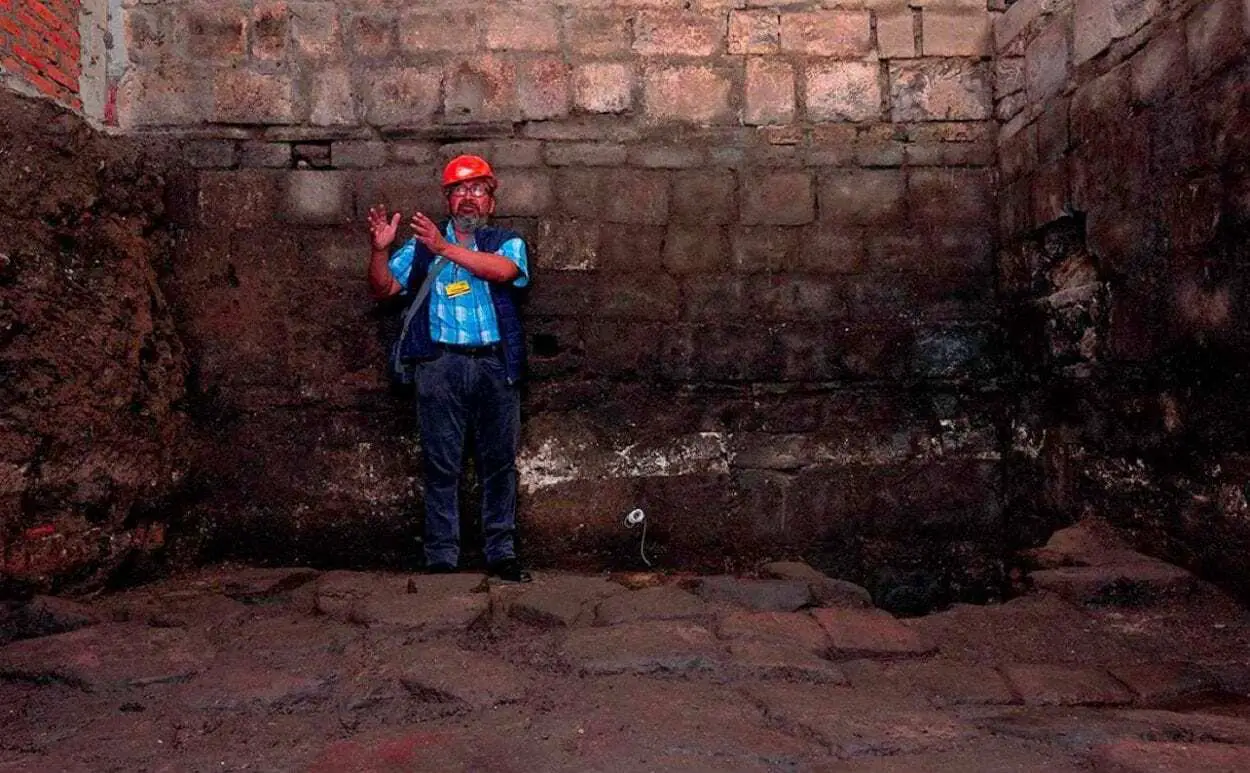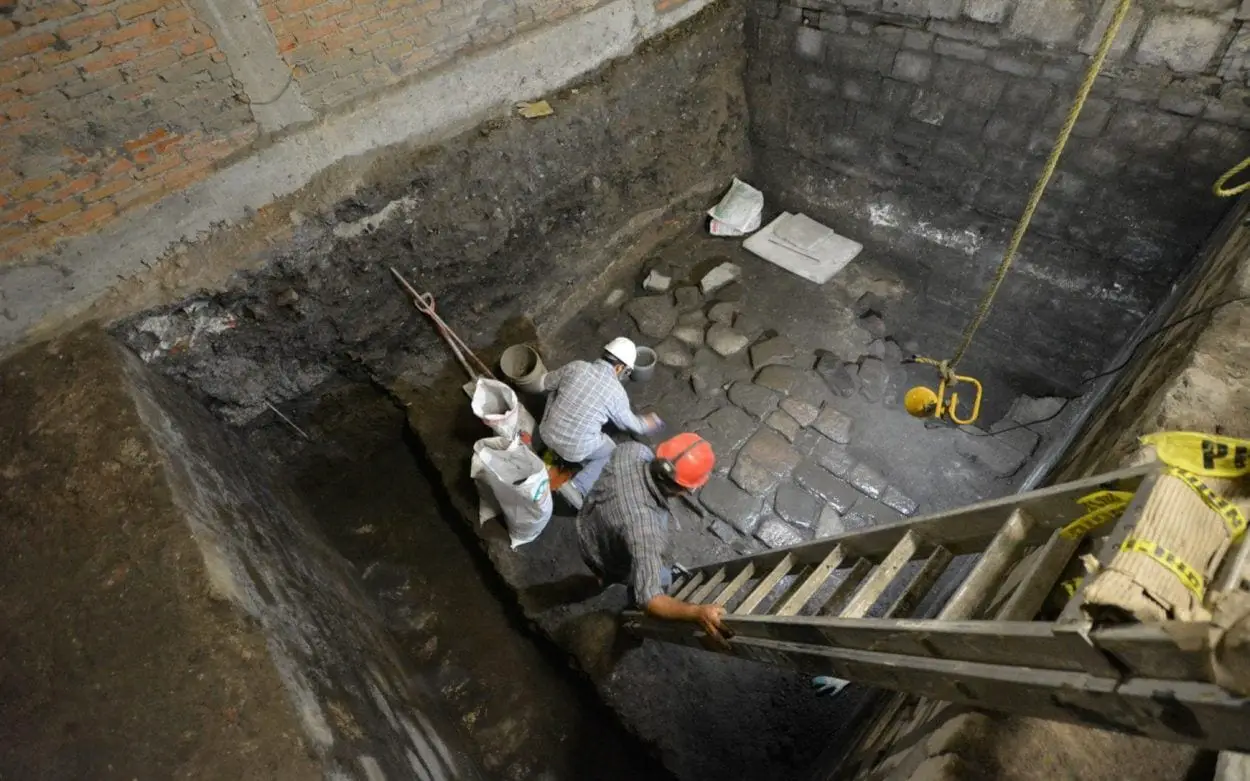Archaeologists from the National Institute of Anthropology and History (INAH) have discovered basalt slab floors from the Palace of Axayácatl, and remains of a house built by the conquistador Hernán Cortés.
The discovery was made during works on the Monte de Piedad building in Mexico City, revealing basalt dressed stones that formed part of the palaces open plaza or courtyard.
Axayácatl reigned between 1469 and 1481 and was the father of Montezuma II, one of the last rulers of the Aztec Empire. Moctezuma brought the Spanish Conquistador Hernán Cortés to his palace in Tenochtitlán (present-day Mexico City) where the Spaniards lived as his guests for several months.
Montezuma was taken prisoner and subsequently killed. Two other Aztec rulers succeeded Moctezuma, but their reigns were short-lived and the Aztec Empire quickly collapsed under them.

Excavations also revealed a house built for Cortés from the early Viceregal period (1521-1620 AD). The house was where the Spanish conqueror resided for several years and would also become the seat of the first Cabildo of New Spain (around 1525) and of the Marquessate of the Valley of Oaxaca, granted to the conqueror four years later.
Archaeologists excavated a series of test pits that unearthed the remains of a stone masonry wall – 1.50 meters high by 1.25 m wide wall that served as a foundation and basal platform for a series of columns from the building.
INAH said: Vestiges of that pre-Hispanic palace, and of the remains of a later house built under the orders of Hernán Cortés, with reused materials from the previous Tenochca building, revives the memory of those historical events, five centuries later.
Header Image Credit : INAH







